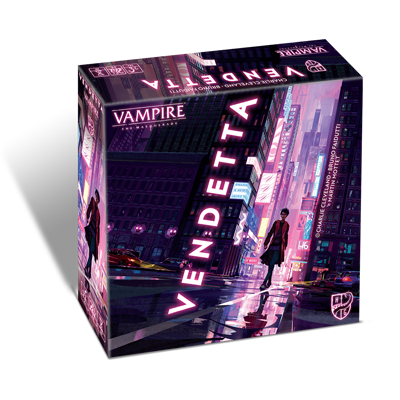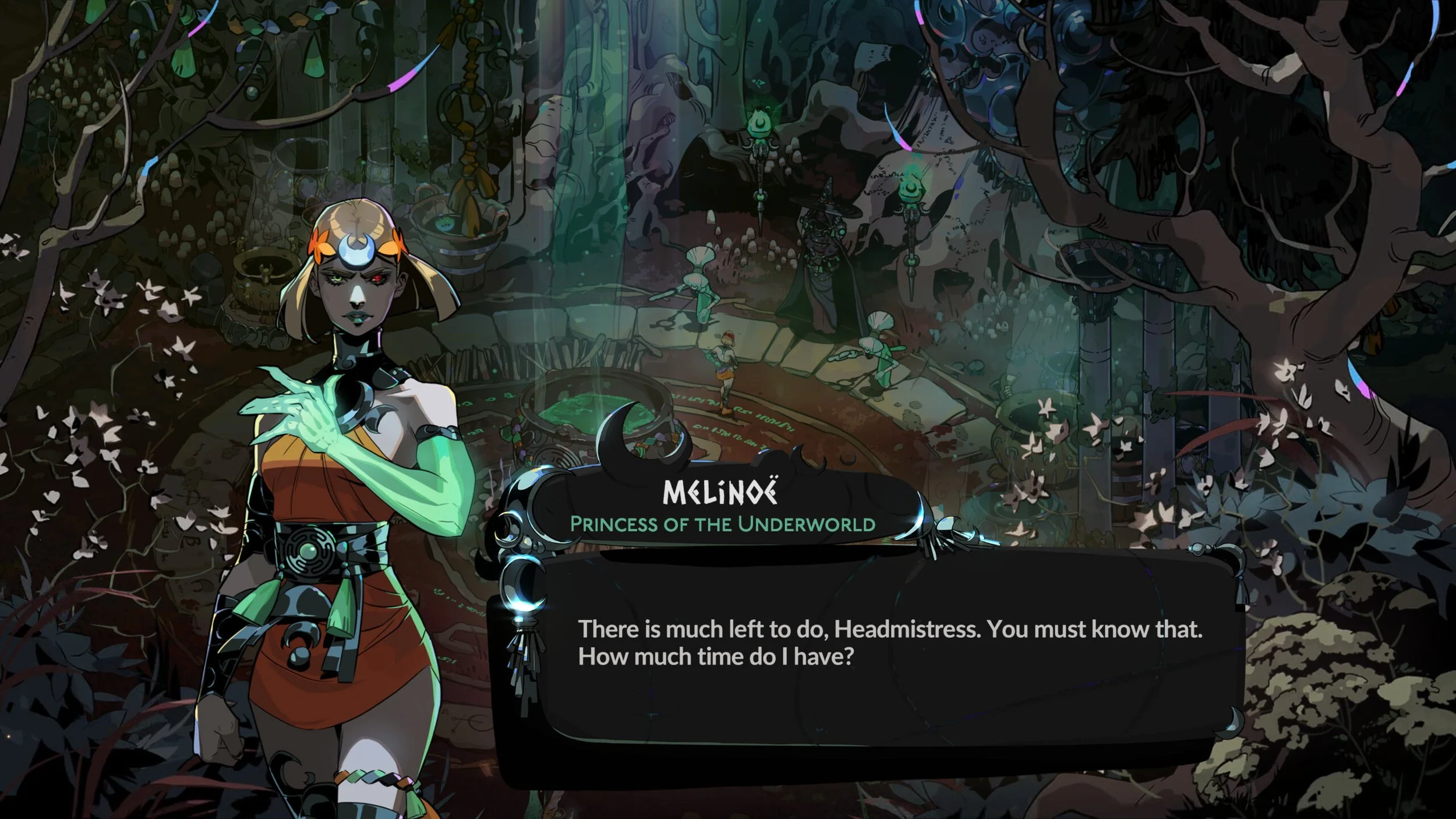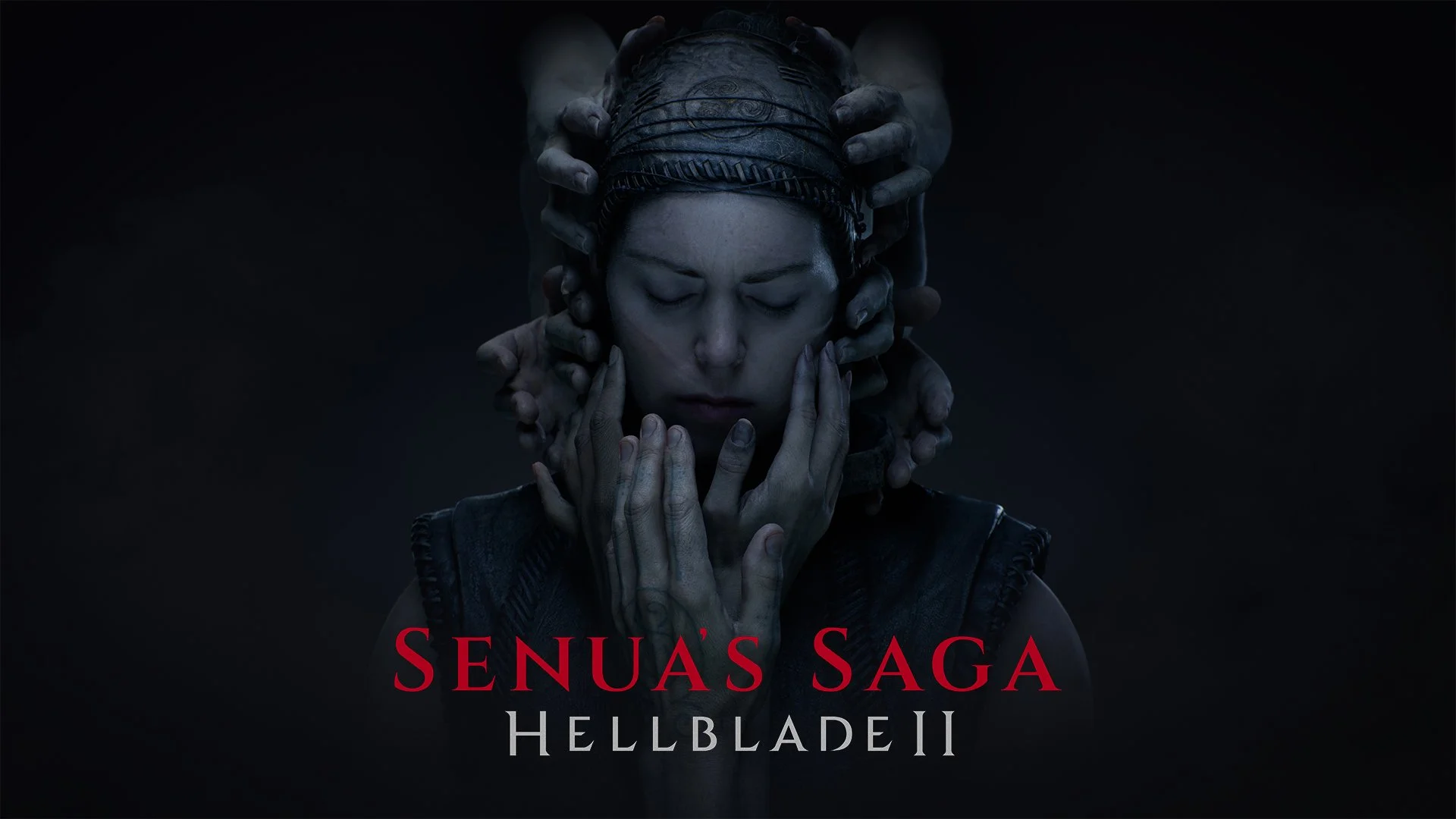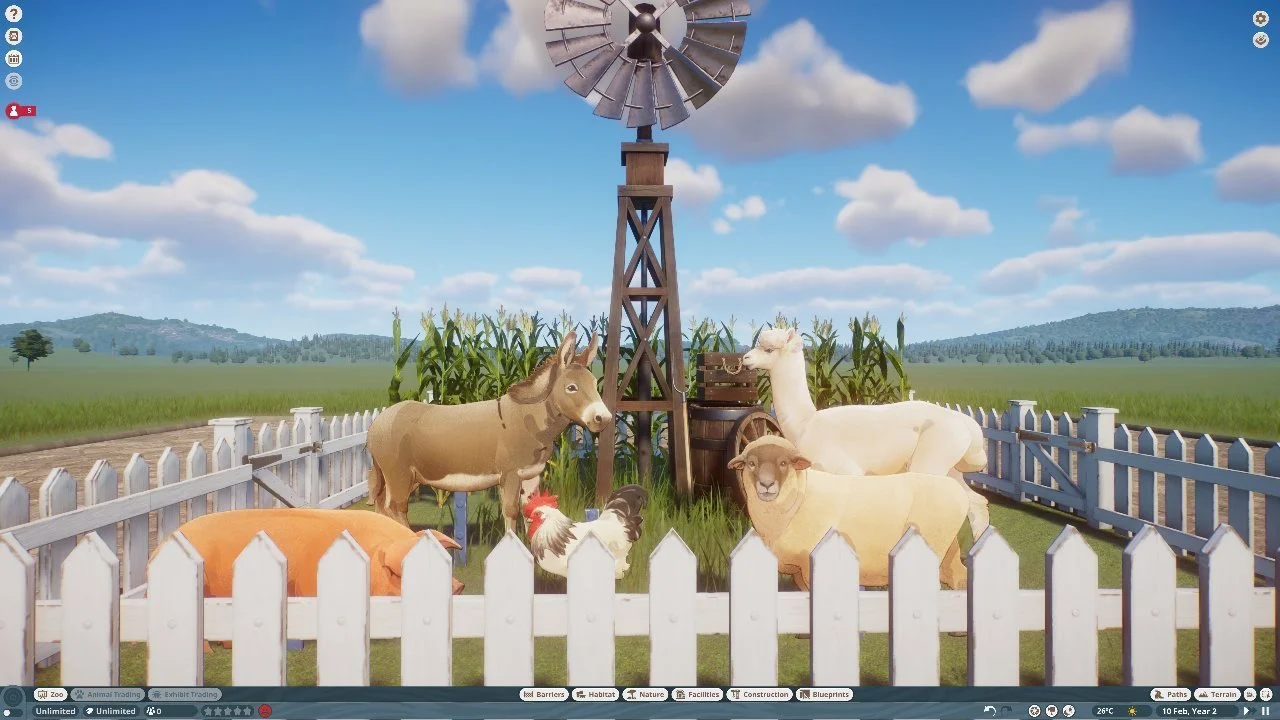Review copy provided by Rock Manor Games
The Few and Cursed launched on Kickstarter in June of last year and eventually raised over $130,000, almost tripling the funding goal and unlocking a lot of stretch goals along the way.
The deck-building adventure was created by Mike Gnade and Felipe Cagno, who leaned on the comic series source material to design a mature, Western-meets-supernatural card game that would please fans of the comics and excite tabletop gamers who wanted to explore the dusty and bloody apocalypse.
Water is scarce, but bullets aren’t, so it will be up to the players to discover the best path forward in a land where monsters, villains, and troubles all roam indiscriminately. Whether you’re resting in San Andreas, camping in ruins, or visiting one of the cursed towns in the region, there are plenty of decisions to make.
A game for one to four players, The Few and Cursed will last around one hour, and the grittiest Curse Chaser will win.
Let’s climb into the saddle and get riding.
STORY
The year is 1910, but the world is an unfamiliar, brutal place. Water has slowly dried up, leaving the scattered remnants as the most valuable resource, a currency to pay for all of the guns, ammo, and gear that are necessary to survive.
But this alternate reality is far from what we know about that time in history. Monsters walk the land, black magic snakes through the dust-filled air, and curses abound—sometimes twisting and transforming the very people who seek out the evil.
Curse Chasers are a hardy bunch. The heavily-armed, readily-equipped men and women are the only ones who have the gumption to ride out away from San Andreas and hunt down the bounties who harass and threaten the safety of ordinary folk. And, if there are monsters, the Curse Chasers are the only ones mad enough to try and kill them.
It’s a Western action tale, infused with elements of the supernatural and arcane. And I love it!
GAMEPLAY
Gameplay progresses through rounds that follow four phases—Improvise, Encounter, Action, and Cleanup. It’s a simple system that moves pretty fast for two to three players. With four players, or five and six with the expansion, I can imagine that it might slow down a little. Players would have to determine a method by which one player can start after another player reaches a certain point. But each player turn mostly needs to take place in isolation, given the amount of space that can be covered with the right cards. Especially if player characters are close to each other.
Improvising is the method by which players add to their decks. A player draws two cards from the Upgrade deck, picks one to add to their hand, and discards the other. It provides new and better cards right away each round, which is nice.
Encountering is one of my favorite parts of the game. Like the Crossroads cards from Dead of Winter, this introduces smaller narrative moments throughout the game and offers players a choice that can either help or hurt them. Depending on your location, you’ll have geographical Encounters or Cursed Encounters, which offer greater rewards…and greater risks.
The Action phase is the one with a wide array of choices. Players can Defeat a Bounty, Recover an Artifact, Rob Another Player, Encounter Again, Camp, or use their Character Card action. Depending on their location on the map and their goal, these choices will influence the game by eliminating Bounties—which brings the appearance of Monsters closer—or recovering Artifacts—which also speeds up the arrival of the endgame.
The other actions are all situational benefits that can aid a player in achieving their larger objectives.
Deck-builders can sometimes seem intimidating because of the sheer number of cards, but The Few and Cursed manages this with good iconography and the player board.
The player board does an excellent job of anchoring certain decks to the board and helping to organize everything in the game. Some deck-builders just appear as floating decks across the table and that doesn’t always help new players understand what’s what.
Every mechanic of the game that brings more physical elements and components to The Few and Cursed helps to make it more accessible. And I think that all of the pieces that Mike Gnade and Felipe Cagno have brought to this adventure increases the replay value as well.
Some deck-builders are more clever than they are fun, but I really enjoyed my time in this universe. It’s a thrilling, bounty-hunting escapade.
VISUALS
The Few and Cursed is originally a comic series written by Felipe Cagno, with art by Fabiano Neves. The duo created an immersive setting that features a supernatural transformation of a hellish landscape.
And all of the gorgeous art from the comics has been realized in the deck-building card game. The Curse Chasers and Monsters come to life as Miniatures that are begging to be painted by the industrious gamers out there. The board has the luxury of a double-sided map—one with the dusty yellows and browns of daytime in the desert and the other with the warm blues and blacks of a Western night. And the art from Felipe Cagno and Fabiano Neves really make the cards a special treat.
The theme for The Few and Cursed soaks into every component, mechanic, and piece of art for the game. It’s an unforgiving world and that’s reflected in the violence and desperation of the characters and the antagonists across the canyons, ruins, and deserts.
Regarding the contents of the game and the box itself, one thing that I didn’t love was just the size of the game box. It does, however, commit the cardinal sin of game organization and storage. It’s a big box with a cardboard insert that creates a central trough. Taking a page from the Fantasy Flight Games book, this beautiful game is dumped into a ditch of cardboard that takes up unnecessary space and makes the box bigger than needed. It also doesn’t help organize anything.
That’s my only complaint about the visual design and presentation of the game. I imagine I would be less annoyed with the addition of the Deluxe expansion content, which would help fill up the trough more and justify the space.
REPLAYABILITY
All of the mechanics at work in The Few and Cursed make for a dynamic tabletop experience, and I really think that you could play this game a lot before getting bored or wishing for expansion content.
The asymmetric character decks—four in the retail version of the game and six in the deluxe—mean that players can experiment with different combat approaches in their Curse Chasers. And the Encounter cards guarantee that players will have some narrative tidbits that influence the game and enhance the story by adding small drops of flavor text every turn. If that’s not enough, then you can consider the balance between hunting bounties, pursuing Monsters, completing Jobs, and recovering Artifacts. All of these inform how you use your cards and what objectives you consider each turn.
With every game played, little changes will increasingly alter the overall playthrough.
I think that this is something that could charm new and old players on a frequent basis—and it also wouldn’t be difficult to release more content that would refresh the player decks, upgrade deck, bounties, and monsters.
That’s the nice thing about card games, especially deck-builders. You can really extend the life of the game through the size of the decks and the addition of new cards. The Few and Cursed benefits from that genre benefit.
WHAT IT COULD HAVE DONE BETTER
As a reviewer, I naturally read through a lot of board game rules. I’m also the one who frequently teaches the rules of a game to my friends and family with whom I play. So how well rules are laid out and how gameplay is referenced is important to me.
And that’s the only real area where I didn’t care for the production of the game. The board was nice, the cards were beautifully illustrated, and the gameplay was smooth. But I thought the rules were lacking in layout and execution.
The first thing that bothered me was the quick reference guide, which is printed on the back of the rulebook. For a deck-building card game, it’s strange that these weren’t printed out on individual double-sided cards for the players. It makes more sense. It’s only four to six more cards, depending on the player count, and it frees up the rulebook to be used by whoever needs it throughout the game.
Having a quick reference in front of all players helps to facilitate gameplay in the first few games until everyone knows all of the rules.
Also, whether I’m reviewing a game or not, I like to flip through the rulebook during the first few games to make sure I’m playing correctly. The rulebook for The Few and Cursed is over 30 pages, which could easily be condensed into a smaller, more concise structure. Smaller graphics, different font sizes, and other tweaks could have made this a more approachable rulebook. I love Felipe Cagno’s art, but the layout needs some improvement.
These are very particular issues that most players won’t feel detract from the game, and while I don’t think they make the game any less fun—because it very much is—they do slow down the gameplay for the first few plays.
VERDICT
The Few and Cursed artfully captures the joy of a deck-builder but imbues it with a sense of weight and excitement as the post-apocalyptic world comes to life on the board. Killing bounties, recovering artifacts, and tussling with the other Curse Chasers feels more than good—it feels like an R-rated mashup of Indian Jones and The Book of Eli.
It’s dark. It’s gritty. And it’s just a lot of fun to walk the line as a Curse Chaser, with clever combinations of cards, an engaging narrative-based encounter system, and a competitive Grit mechanic that will have players looking for any way to get ahead in this ruined land.
If you think you’re interested in the game, you can buy The Few and Cursed from Rock Manor Games here.


























